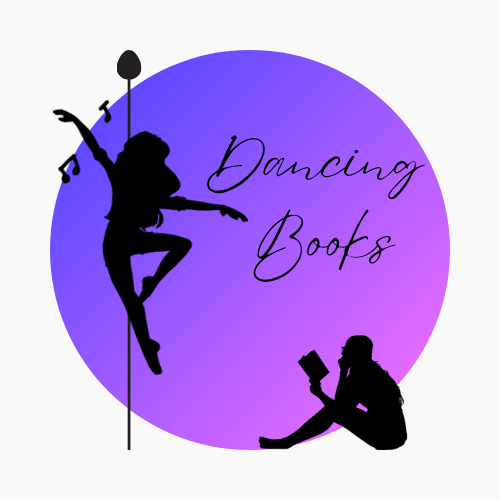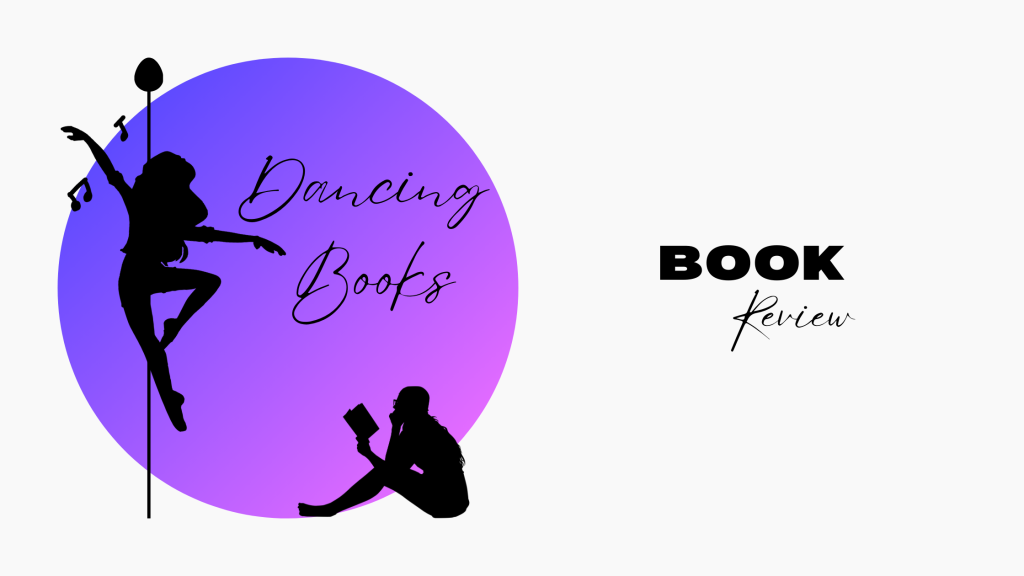
A guide for learning how to say what you want to say in a succinct and clear way. The book focuses on how to write memos, letters, presentations, speeches and the like that have impact and get things done.
This book wasn’t really my choice to read, it was one on a list of “Professional development” books that we could read, and I do a lot of writing at work so I thought I’d give it a go.
For starters though, this book was first written in 1981, and its last revision was in 2000. Anyone seeing a slight issue here? If not, I’ll just go ahead and point it out. It is seriously out of date.
Don’t get me wrong, there are some valuable nuggets in there, like if you’re having a bad day, sure go and write a snarky response, but don’t send it. Come back to it later and see if you still want to send it. Or, don’t put a whole lot of fluff and waffle in a memo (or email these days) because people won’t read it and your point will be missed.
But there’s no mention of anything social media related, likely because the book is too old. And the talking points on presentations are, don’t use bright colours or too many images, and now it’s like well actually, people talk in emoticons so having a visually appealing slide deck is the way to go.
Or, resumes, make them plain and boring – no fancy text, no bullet points – so that scanners can read them properly and maybe have a chance at making them searchable. Sorry guys, if it’s plain and boring, it’s probably not going to get much of a look in now because it wouldn’t look to me like you’ve put much effort into getting a job. I do agree though, that you have half a page to tell a hiring manager who you are and why you’re the best, then my eyes are going to glaze over and I’ll move on. So don’t start with giving me your education history like they did in the book, I don’t care. Unless you’re fresh out of university, I’m more interested in your work history.
Other than that, I found the format a bit confusing, it seemed to overlap and contradict itself through out. And their use of sub-headings was also confusing. Like maybe back then there wasn’t a thing such as Heading 1, Heading 2, Heading 3, etc (I can’t remember). But there would be headings that were a numbered list and then in the same font and size a different heading that wasn’t numbered, and then back to the numbered list.
So for a book about writing that works, it didn’t really work for me, so I’d give it two out of five stars.
Have you read this book? What did you think?


Leave a comment